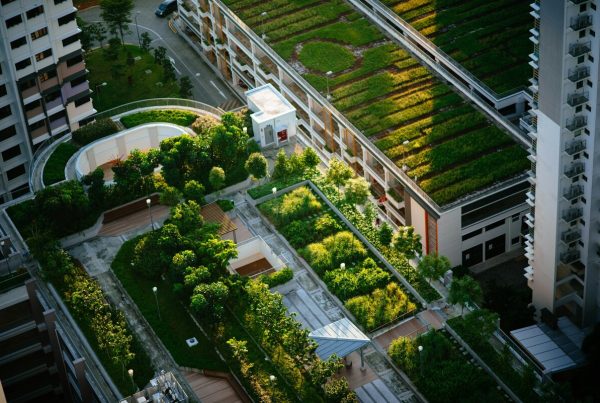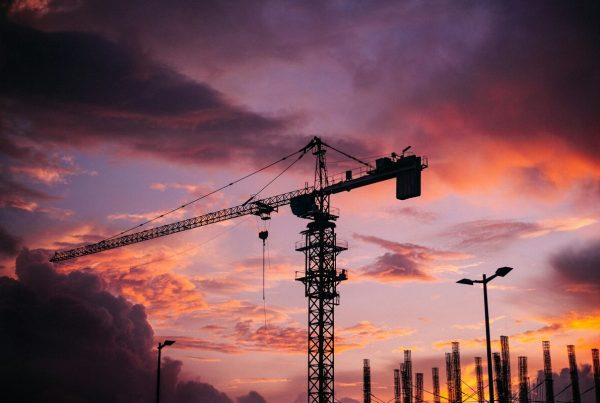Those of us who weren’t able to attend the recently concluded Greenbuild 2013 will just have to read up on the highlights and details of the conference. As you may already know, the U.S. Green Building Council chose this year’s Greenbuild in Philadelphia to debut LEED v4.
This refreshed version of LEED, of course, has been in effect even before the November launch. In fact, BEE Inc.’s very own project the Haworth Beijing Organic Showroom was able to snag Gold certification, the first ever under the new LEED version.
LEED v4 after the Dust Settles
It hasn’t been an easy path to LEED v4—plenty of debates and criticisms have postponed LEED v4 (then called LEED 2012), mainly regarding refinements, tools and resources in the system. Meanwhile, heavy politicking from various U.S. senators and Congress members had threatened LEED itself.
After all that furor, the ballots were finally passed, and political atmosphere regarding LEED generally eased up. At last count, the U.S. General Services Administration (GSA) reaffirms its decision to recommend LEED (alongside Green Globes) as green building standards for federal buildings.
LEED v4 Highlights
LEED v4 naturally draws inspiration from the previous LEED versions, though there are some welcome revisions and additions.
- New market sectors: LEED v4 now embraces new market sectors such as data centers, warehouses and distribution centers, hospitality, existing schools, existing retail and mid-rise residential projects.
- Simplified paperwork: As much as the new LEED insists on stricter and more detailed data collection and analysis, it will also make paperwork more time-saving. Simplified LEED credit submittal requirements, descriptive step-by-step reference guide materials with videos and tutorials, and a more intuitive technology platform all contribute to the new ease of administering LEED projects.
- Building performance management: Because sustainability doesn’t stop at just the design and construction of buildings, LEED ensures operation and maintenance of buildings meet their expected performance potential over the years.
- Impact categories: LEED v4 now adopts system goals called Impact Categories, which address various issues such as climate change, human health, water resources, biodiversity, material resources, green economy, and community.
Check this out for an in-depth look at LEED v4.
And there you have it. LEED’s upgraded version is finally here, the sweet distillation of a year-long public commenting and consultation. At once rigorous and simplified, demanding and reasonable, LEED v4 hopes to take green building to a new level.












